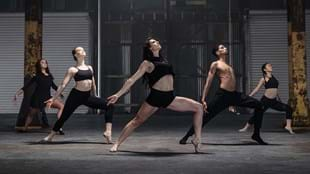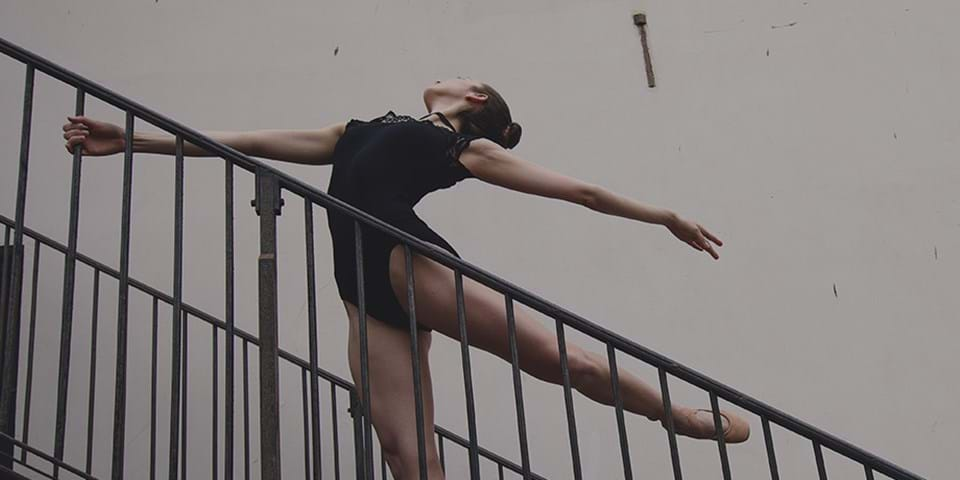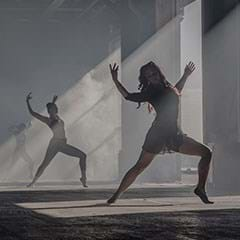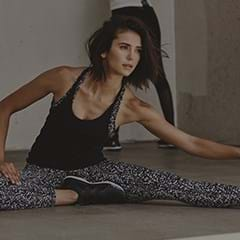The first thing that sets ballet dancers apart from the rest of us is their impeccable posture, both during dance training and in everyday life. Having good posture is the secret to good balance and it enhances your ability to do all sorts of functional movements. One of the best ways to improve your posture is to learn, and master, the ballet fundamental that is first position.
First Position
First position sets you up with basic postural principles that will pay dividends in everyday life. It’s also the posture that you should maintain through an entire barre workout. While it seems simple, if you’ve never done ballet before, holding this pose for a length of time can be a challenge. Here are the key points to remember:
- Pull up tight thought your inner thighs, squeeze your glutes and gently tuck your tail bone
- Tighten your core, lift your chest but don’t flare your ribs
- Pull your back muscles back and down
- Lift your chin to lengthen your neck
- Keep your arms relaxed with your hands at thighs
- Breathe deeply and relax.
Once you’ve mastered first position you can embrace other simple ballet moves to tone, shape and condition your body.
The Demi Plié
The demi plié is one of the first moves you experience in a barre class. Demi pliés are a great way to warm up the joints of the feet, ankles, knees and hips. The alignment and control required for demi pliés are key to strengthening the core, creating powerful legs, improving balance and helping you hold your body better. Ballet dancers use the demi plié coordinated with breathing to foster concentration and mental focus. Here are some key points to remember:
- Place your hands on your hips so you can feel your core and glutes are constantly engaged
- When dropping down press the knees out and keep your tail slightly tucked
- Keep your back straight up and down as you move.
The Arabesque
This traditional ballet move engages all of your core muscles and helps strengthen your lower back. And, by bending the supporting knee slightly you can intensify how this move works your glutes. This move is great for improving balance and also provides long-term postural benefits. Here are some key points to remember:
- Maintain ballet posture by squeezing your thighs, tucking your tail, lifting the chest, squeezing your core and bringing your shoulder blades back and down
- Tip forward slightly and extend the back leg behind you
- Straighten your back leg and ensure that your body stays in one straight line
- Raise both arms forward for first arabesque, or take one arm back for third arabesque
- Tap your foot to the floor to add intensity.
Not sure what to do with your arms?
Mastering the basic arm positions of ballet won’t just help you feel more graceful, they will help you build balance. You can learn the basics here:
Shape your body with this 30-minute ballet workout
Incorporating classic ballet positions, with modern music, LES MILLS BARRE™ is a combination of cardio and strength with high reps of small range-of-motion movements and very light weights.
Find a workout work out on demand
If you want more tried, tested and true news from the leading edge of health and fitness sign up to get Fit Planet insights and advice straight to your inbox.








